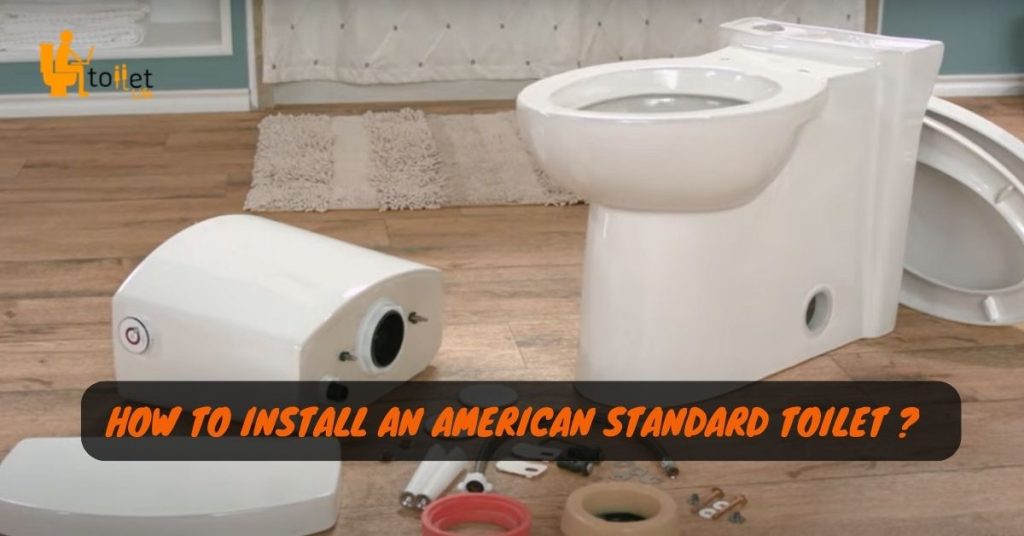A macerator can vary in size depending on its intended use and capacity. However, most macerators are typically compact and range from 10-20 inches in length and 5-10 inches in width.
In the world of modern plumbing, where efficiency and convenience are paramount, macerators stand as innovative solutions that revolutionize waste management. At the heart of these systems lies a crucial question: “How big is a macerator?”
The size of a macerator carries significant implications for its functionality, installation, and integration within plumbing setups. In this exploration, we delve into the dimensions and considerations surrounding macerator size, offering insights into the various factors that influence these measurements.
By understanding the dimensions of macerators, homeowners and plumbing professionals can make informed decisions to harness the benefits of these space-saving and efficient devices.
How Big Is A Macerator? A Breakdown Of Size And Capacity
Macerators are an important tool in wastewater treatment systems. When considering the size of a macerator, there are many factors to keep in mind. The right size macerator will depend on your specific application and requirements.
Some popular macerators in the market offer different capacities. It’s crucial to understand the different capacities of a macerator in order to choose the one that’s right for your needs. Factors like the size of the particles to be macerated,
Water flow rates, and material composition will also influence the macerator size. Therefore, before making a purchase, it is important to understand the capacity and size of the macerator required by your application.
The Easy Guide: How Big Is A Macerator?
Macerators have emerged as indispensable components in modern plumbing systems, offering efficient waste management solutions for various settings. Understanding the dimensions and size considerations of a macerator is crucial for successful installation, integration, and optimal performance.
This guide provides an in-depth exploration of the factors influencing the size of macerators, equipping homeowners and professionals with the knowledge needed to make informed decisions in plumbing projects.
1. Introduction to Macerators
Definition and Function of Macerators
Importance of Efficient Waste Disposal
2. Dimensional Aspects of Macerators
Physical Size and Shape
Compactness for Space-Saving Installations
3. Components Affecting Macerator Size
Motor and Blade Mechanism
Grinder vs. Blade Macerators
4. Weight Considerations
Impact of Weight on Installation
Load-Bearing Capacity of Installation Surfaces
Also Read: What is a Marine Macerator Toilet? Know Easy Way!
5. Installation Requirements
Clearance for Proper Ventilation
Accessibility for Maintenance and Repairs
6. Application-Specific Sizing
Residential Bathrooms and En-Suites
Basement and Below-Grade Installations
Commercial Settings and Public Facilities
7. Comparative Analysis of Macerator Models
Evaluating Dimensions Across Brands
Balancing Size with Performance
8. Integration with Existing Plumbing
Connecting to Water Supply and Drainage
Compatibility with Standard Pipe Sizes
9. DIY vs. Professional Installation
Homeowner Installation Tips
Expertise and Precision in Professional Installation
Also Read: Explained: Where Does the Waste Go from a Macerator Toilet?
10. Maintenance and Troubleshooting
Ensuring Accessibility for Repairs
Regular Cleaning and Inspection
11. Innovations in Macerator Design
Advances in Compact Motor Technology
Noise Reduction and Enhanced Efficiency
12. Environmental Considerations
Energy Efficiency and Sustainable Design
Impact on Water Consumption
13. Future Trends in Macerator Size
Miniaturization and Adaptability
Integration with Smart Plumbing Systems
14. Conclusion
Summarizing the Importance of Understanding Macerator Size
Making Informed Choices for Efficient Waste Disposal
Also Read: Can You Use Any Toilet With a Macerator?
Understanding Macerators: An Introduction
Macerators are an essential part of modern plumbing systems. They are responsible for breaking down solid waste, turning it into a liquid form that can be easily transported through pipes. Over time, macerators have undergone significant technological advancements, with various types available in the market today.
Each type serves a specific purpose and comes with its unique features and benefits. Macerators are commonly used in households and commercial settings, such as hospitals, schools, and offices. They are particularly useful in situations where traditional plumbing systems cannot be used due to space constraints or other limitations.
Understanding the basics of how macerators work and their applications is crucial for anyone looking to install or maintain plumbing systems that utilize this technology.
Frequently Asked Questions Of How Big Is A Macerator?
How Does A Macerator Work?
A macerator grinds solids and toilet paper, which then pass through pipes easily.
What Is The Size Of A Macerator?
Macerator dimensions vary depending on the model and type, but typically 12″ x 6″.
Can A Macerator Handle Feminine Products?
No, it is not recommended to dispose of feminine products in a macerator.
Does A Macerator Require Maintenance?
Regular cleaning of the blades and pump is recommended to keep the macerator functioning properly.
Where Can A Macerator Be Installed?
A macerator can be installed anywhere within 10 feet of a sewer line, making it versatile for various installations.
Conclusion
As we conclude this exploration into the dimensions of macerators, it becomes clear that the size of these ingenious devices plays a pivotal role in their effectiveness and adaptability. Whether you’re envisioning a macerator installation for a compact bathroom,
A basement conversion, or any space where traditional plumbing is impractical, understanding the dimensions is essential. By grasping the physical aspects, weight, and installation requirements of macerators, you’re equipped to make well-informed decisions that align with your plumbing needs.
As technology advances and demands for efficient waste disposal grow, the knowledge of macerator size empowers homeowners and professionals alike to embrace modern plumbing solutions that enhance convenience and functionality in various settings.


